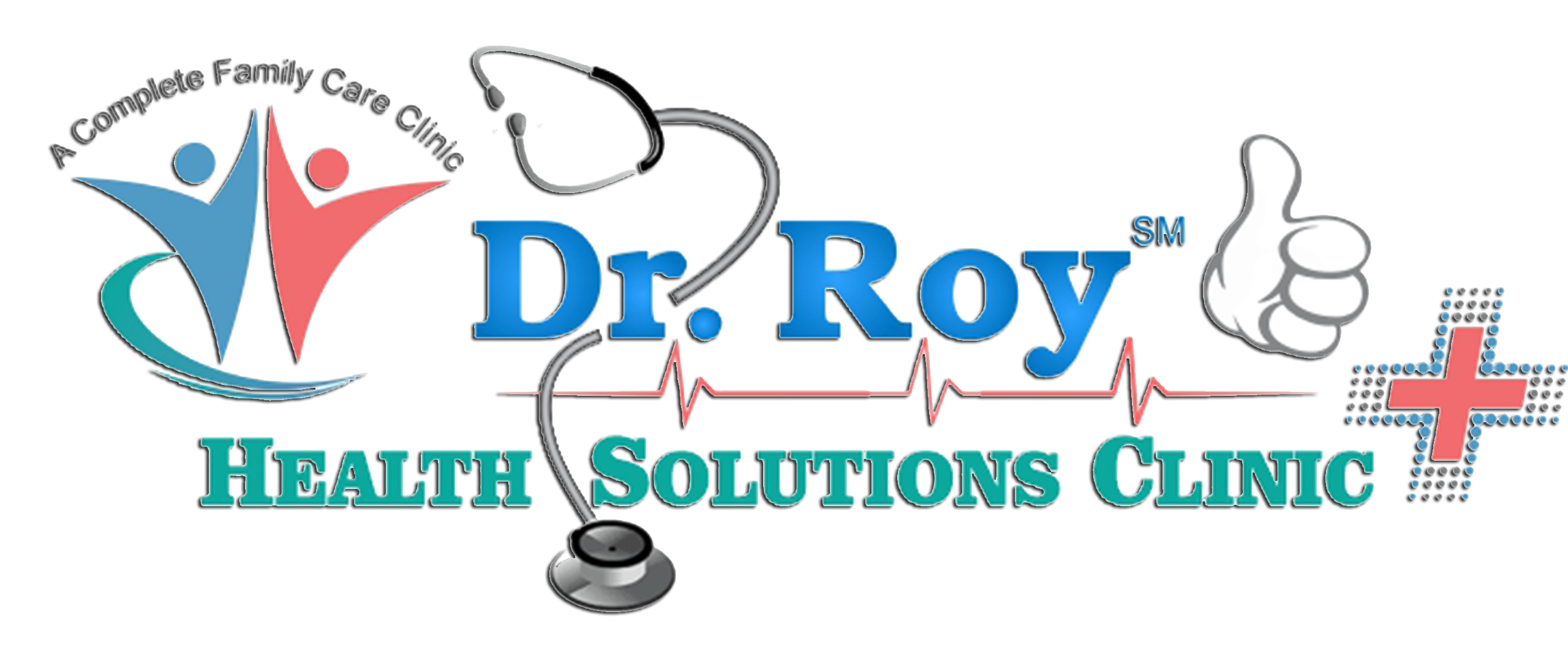Hypereosinophilic syndrome (HES) is a rare disorder in which an individual’s blood contains very high numbers of eosinophils, a type of white blood cell that play an important role in the immune system.
Most people have less than 500/microliter of eosinophils in their blood. HES patients usually have more than 1500 eosinophils/microliter in the blood over a long period (more than 6 months) – without an identifiable cause. These eosinophils infiltrate the tissues, causing inflammation and eventually organ dysfunction. The most commonly involved organs in HES include the skin, lungs, heart and the nervous system.
Symptoms
HES can happen at any age, although it is more common in adults. There is great variability in the symptoms of HES. Skin rashes are common and include urticaria (hives), angioedema (swelling) or other types of bumpy rash. The heart may be involved, with or without symptoms. Neurologic symptoms may include changes in behavior, confusion, loss of balance, dizziness, memory loss, or abnormal sensations of pain or numbness. Other less common symptoms include cough, shortness of breath, fatigue, fever and itching. Mouth ulcers, visual symptoms and enlargement of the liver and/or spleen may occur. HES patients are at risk for clots in their blood vessels and may have “mini” or major strokes.
Disease Types
HES includes a collection of syndromes. The myeloproliferative type of HES is associated with an acquired genetic problem (FIP1L1-PDGFRA)that causes eosinophils and other blood cells to grow in a manner similar to leukemia. Genetic testing is performed to identify patients with this HES variant as they may respond favorably to treatment with certain cancer drugs such as imatinib mesylate.
Diagnosis
There is no specific diagnostic test for HES. The first step is to investigate for other conditions that can cause eosinophilia.These conditions include parasitic infection, allergic disease, cancers, autoimmune diseases and drug reactions.
Testing is individualized according to symptoms and may include stool evaluation to detect parasitic infection, allergy testing to diagnose environmental or food allergies, biopsies of the skin or other organs or blood tests to screen for autoimmunity and radiologic imaging of affected organs. An allergist/immunologist has specialized training to to effectively diagnose the problem, and if HES is present to work collaboratively with other specialists such as a Hematologist or Cardiologist in the treatment and monitoring of HES patients. When diagnosed with HES, it is important to determine the extent of organ damage. A chest x-ray and echocardiogram are routinely performed to evaluate the heart and lungs. Other tests often performed in HES patients include liver and kidney function, serum vitamin B12 levels, erythrocyte sedimentation rate (ESR) and serum tryptase levels.
Treatment
The goal of HES treatment is to reduce eosinophil levels in the blood and tissues, thereby preventing tissue damage–especially in the heart. Standard HES treatment has included glucocorticosteroid medications such as prednisone, and chemotherapeutic agents such as hydroxyurea, chlorambucil, and vincristine. Side effects occur frequently with these medications that are usually required for long-term use.
Interferon-alpha has also been used as a treatment. This medication must be administered by frequent injections and causes potent side effects such as fatigue and influenza-like symptoms.
Research is uncovering new treatment therapies for HES. One new approach for controlling malignant cell growth is the use of tyrosine kinase inhibitors such as Gleevac. Other tyrosine kinase inhibitors currently under study include Dasatinab and Nilotinib. Monoclonal antibody therapy has also shown promise for treatment of HES. A 2008 clinical trial showed that once monthly intravenous anti-IL-5 (Mepolizumab) allowed for lower doses of oral steroids in HES patients that were studied for 9 months.
Prognosis
The prognosis of HES depends upon the extent of any organ damage. In very severe cases, HES may be fatal, but there is hope. Survival rates have improved greatly. In 1975, only 12% of HES patients survived three years. Today, more than 80% of HES patients survive five years or more.


